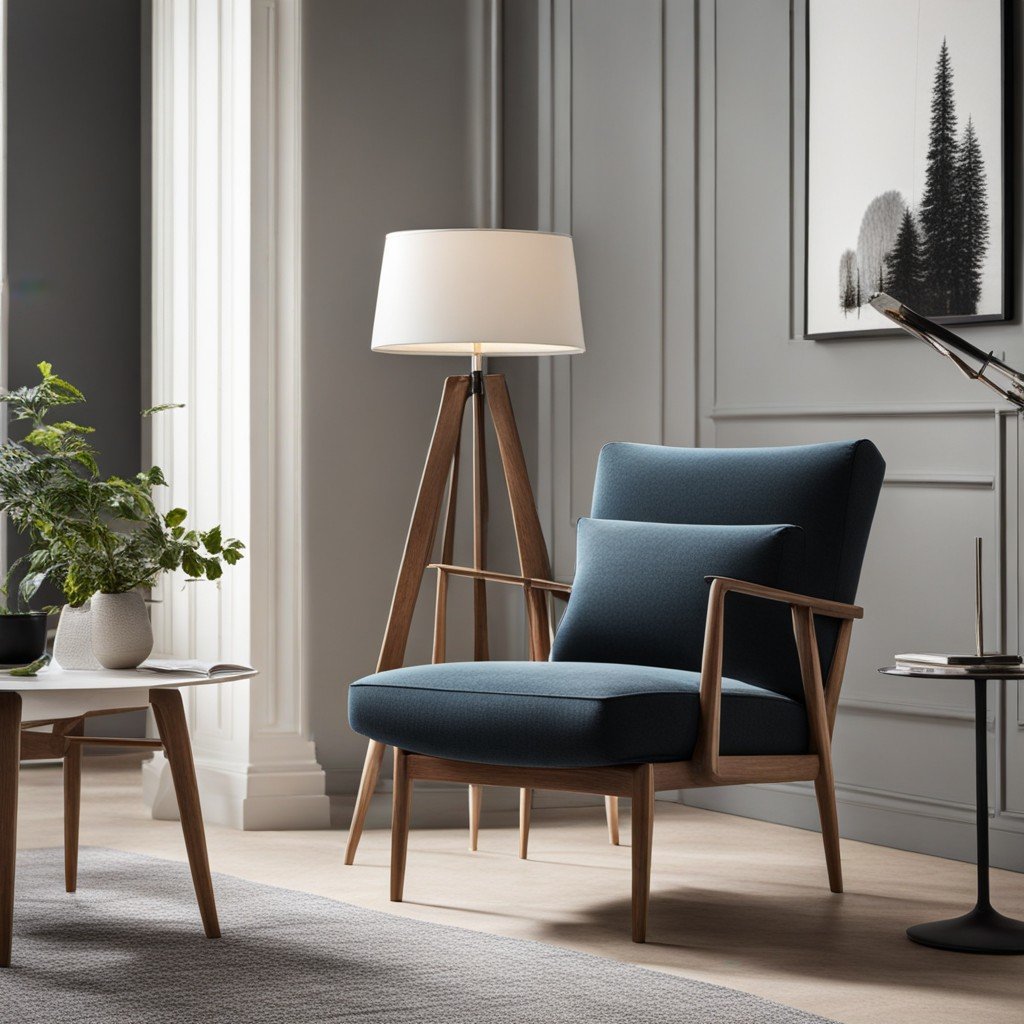The attraction of minimalism beckons like a tranquil oasis amid a desert of goods in a world overrun with excess and turmoil. Organizing both our physical and mental spaces is a lifestyle choice, not merely a design decision. Let’s take a tour into the area where form and function converge and explore the principles of minimalist design that have the potential to change the way you view and interact with your daily surroundings.
The Essence of Minimalism
With its straightforward yet fundamental tenet, “less is more,” minimalism rebels against a culture that frequently views more as being superior. It’s not about denying yourself things, but rather about building a collection that expresses a lot without saying anything. How many strokes do you need to apply to your space before it becomes a mess if you see it as a canvas with each thing as a stroke?
The Art of Organizing
Minimalism is a way of thinking rather than a rigid aesthetic. Accepting simplicity entails saying goodbye to the pointless, superfluous, and petty. That assortment of novelty mugs you had in college? The time to let it go is now. Asking yourself “Does it spark joy?” will help you channel your inner Marie Kondo. If not, admonish it for its assistance and allow it to locate a new residence.
Form Follows Function: The Holy Grail of Design

“Form follows function,” a classic maxim attributed to Louis Sullivan, serves as the minimalist movement’s compass. Every piece in a minimalist setting has a purpose and isn’t just for decoration. That modern chair from Scandinavia? It is more than just pretty to look at; it is a symbol of ease and simplicity. The form subtly dances in its shadow as functionality takes center stage.
Color Palette: Fifty Shades of Neutral
A minimalist home has a color scheme that would make a lover of grayscale cry with happiness. The dominant color scheme is neutral, which fosters calm and promotes mental breathing. Think of a color scheme that is relaxing to the eyes and the soul: whites, grays, and muted tones.
Multipurpose Marvels
Convenience is a must for minimalism; it even benefits from it. A minimalist’s best friend is versatile furniture, so let’s dive in. Each piece has several uses, demonstrating that you can have your cake and eat it too. Examples include a coffee table that also acts as storage space and a sofa that converts into a bed.
Mindful Consumption
Beyond the confines of your house, minimalism is a philosophy that challenges the very foundations of commerce. Ask yourself, “Is it a need or a want?” before making a purchase. Making deliberate decisions is at the heart of minimalist living, not deprivation. As the emphasis shifts to quality rather than quantity, the allure of an online shopping binge becomes less compelling.
Negative Space: The Unsung Hero
The distance between objects is just as important in the world of minimalist design as the objects themselves. Enter negative space, the unsung hero who frees the mind from distraction and enables the eyes to rest on the simplicity of beauty. It provides a breathing area in your décor and a pause in the design symphony.
Personal Touch: The Minimalist’s Signature
Contrary to popular misconception, minimalism doesn’t imply impersonal, impersonal spaces. It is a blank canvas just ready for your unique touch. Select a focal point, such as a bold rug, an eccentric lamp, or a gallery wall filled with your favorite prints. Let intentional, thoughtful accents that enhance rather than overwhelm others show who you are.
Digital Organizing: Taming the Virtual Chaos
In a world where screens predominate, minimalism expands its reach to the internet. Organizing your phone apps, organizing your PC, and unsubscribing from pointless newsletters can help you concentrate on what really matters. Amidst the digital noise by creating a minimalist digital environment that matches the calm of a minimalist house.
Embracing Imperfection

The pursuit of minimalism puts perfection on hold. Whether it’s a leather chair with a lot of wear or a slightly scratched hardwood table, embrace the beauty of imperfection. Authenticity and enjoying a piece’s journey rather than focusing on its pristine exterior are key components of minimalism.
Conclusion: Living with Intention
Minimalism is a flexible framework that fits your lifestyle, not a strict set of rules. It involves leading a purposeful life, making decisions that are consistent with your values, and building an environment that encourages happiness and clarity.
So, keep in mind as you begin your journey toward minimalism: it’s not about how little you own; it’s about how much you value what you decide to keep. Let form meet function in an overabundant world, and watch as the disorder is transformed into a masterpiece of deliberate life.
Also read: The Art of Downsizing: Embracing Minimalism in Small Living Spaces
